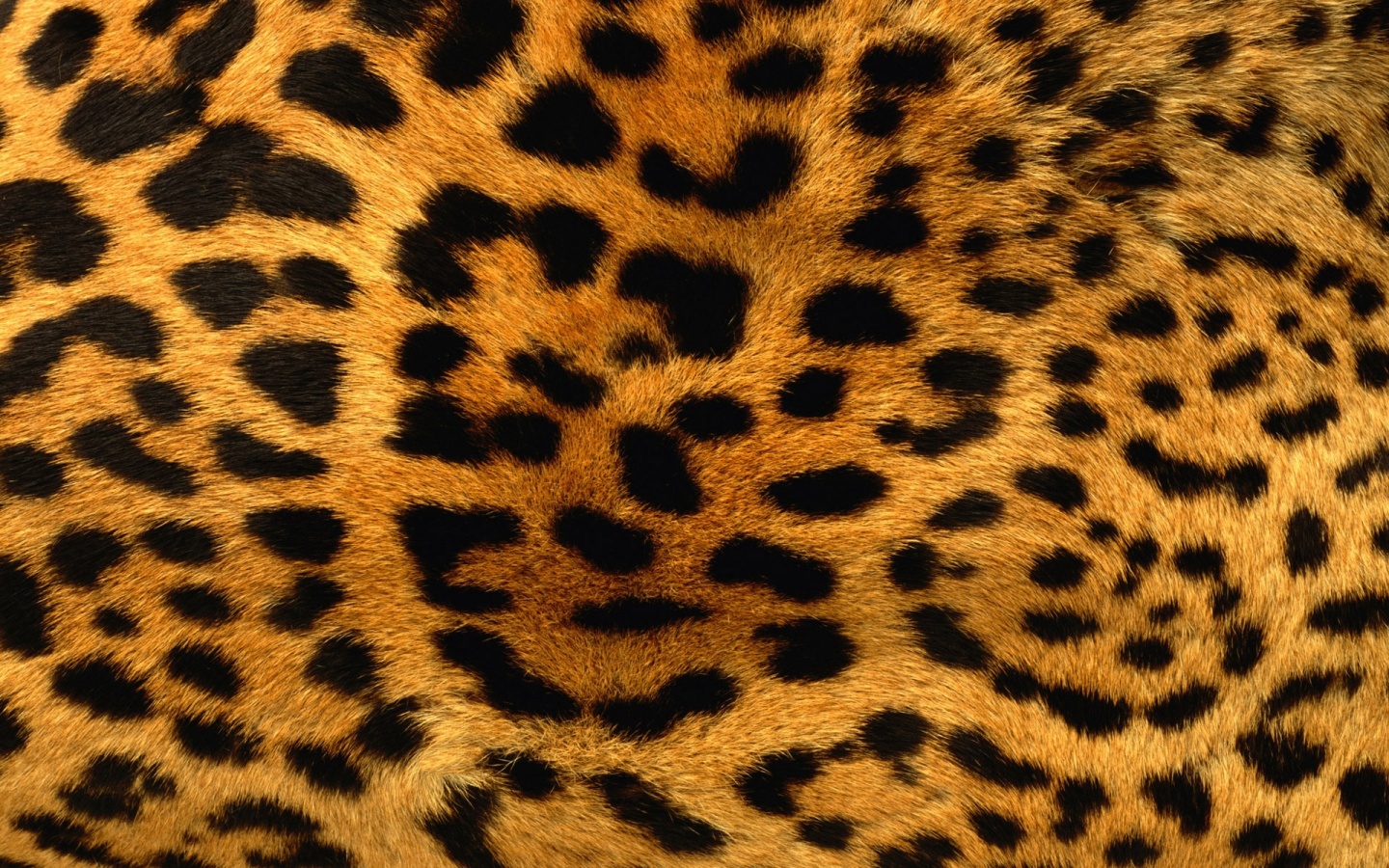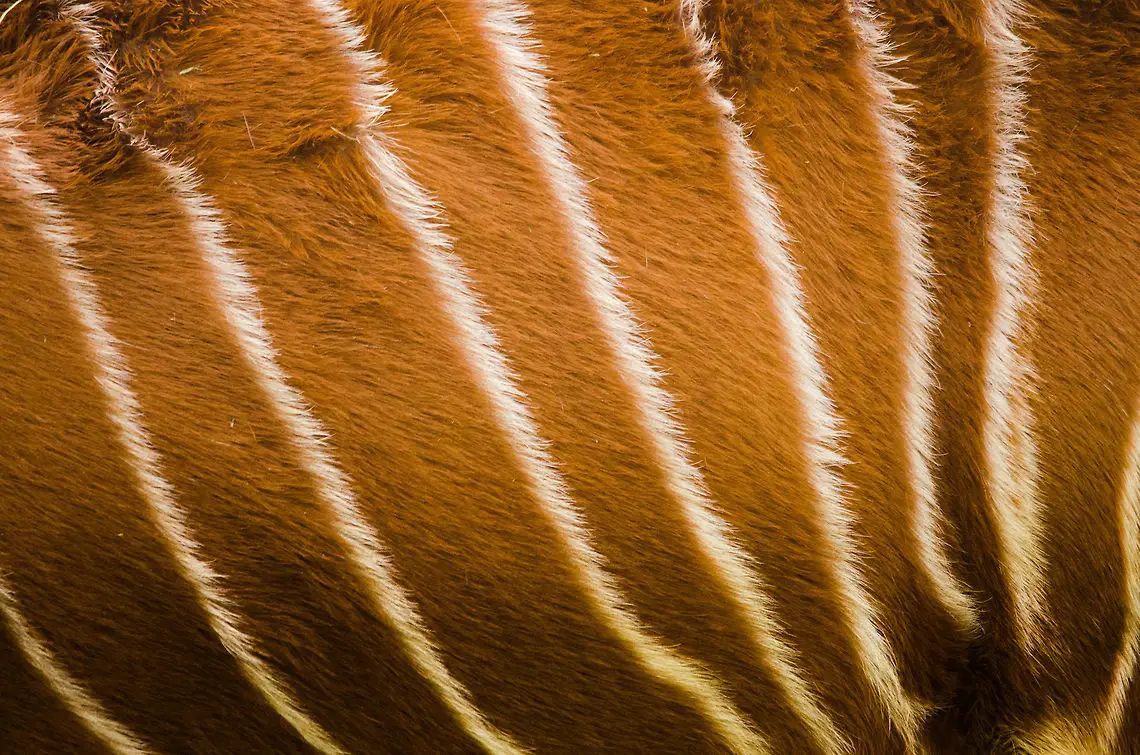What Should a Beginner Golfer Have in Their Bag?
Whether you’ve decided to take up golf as a new hobby or want to use the sport as a way to create new business relationships with prospective clients, golfing isn’t as easy as simply grabbing some clubs and balls and heading out to a course.
Golf takes a great deal of skill and nearly all beginners soon find out just how complex and complicated the game can be. While the actual physical skills of the game can seem daunting at first, it can also be overwhelming for many to understand all the golf rules, etiquette, and lingo of the game.
Becoming a golfer begins with knowing what essential equipment you’ll need. There is an endless amount of golf products out there, many of which the beginner golfer doesn’t necessarily need. However, there are some key things that every beginner golfer should have in their bag. Follow our helpful online beginner’s golf guide to see what golf clubs, balls, and other essential equipment you should start off with and how to get yourself ready for playing your first round of golf.


Golf Balls
It’s quite obvious that you will need to have golf balls in your bag as they are generally not included in greens fees, but knowing which ones you should be buying as a beginner can seem overwhelming due to the countless brands and varieties currently on the market. New golf balls can range from $1 per ball to over $5 per ball. As a beginner, you can expect to lose a fair amount of balls your first few rounds, thanks to lakes and overgrown out of bounds areas that act as obstacles. Select the wrong ball, and your golfing experience could prove to be quite expensive.
Our best advice is to check online golf ball reviews or “best current golf ball lists” provided by experts like those at https://theleftrough.com/best-golf-balls/. Here, you’ll be able to decide what golf ball is best suited to your own ability. It’s about finding the right balance between getting an affordable ball that is at the same time forgiving and of a good enough quality so as to not put you at a disadvantage of trying to learn how to play with an inferior or defective ball.
We recommend starting off with basic golf balls or gently used golf balls until you acquire enough skill where you aren’t losing dozens of balls each round. Once you become more confident in your game, start moving up to more expensive golf balls which have the potential to bring your game to the next level. Many higher-end golf balls are designed for specific purposes whether that is providing you with longer distance or greater spin and control. These are things the beginner golfer won’t necessarily be able to take advantage of until they develop their golf skills.
Don’t feel as though you need to purchase a certain brand of golf ball simply because your fellow players are using them or your favorite PGA pro endorses the brand. Choose a ball that fits your own personal game, and if your skills improve then adapt accordingly.


Golf Clubs
While professional rules state you may be allowed to carry up to 14 clubs in your bag, you don’t really need this many as a beginner. Carrying too many non-essential clubs not only makes club selection more difficult when you’re out on the course but can also become a burden to carry if you aren’t riding around the course in a golf cart.
So what essential golf clubs do you need? A driver and a putter are a must. A driver allows you to get the most distance possible off the tee and a putter is generally the only club allowed to be used on greens. Irons, fairway woods, and hybrid clubs are used on the fairways and in the rough, and each has a number associated with it that dictates how much loft and distance you can expect to get.
We recommend starting off with 4-5 irons and stick to irons numbering 5 or higher as lower numbered irons can be difficult to master at first. You may want to include a sand iron as one of your irons in case you play courses with a lot of bunkers and a pitching wedge to manage those delicate shots near the green. A good combination would be to have a 5, 7, 9, pitching wedge, and sand wedge as your irons. Irons with wider soles will also be easier to use than narrow blade-type irons. We then recommend a couple hybrids and fairway woods which are designed for distance shots and for most people are much easier to hit solidly than irons.
You should also be aware of loft when selecting clubs. The higher the loft a club has, the easier it will be to get your ball in the air and control it. When it comes to drivers, we recommend beginners look at a minimum of 10 degrees, while fairway woods should be at least 17 degrees. You will also want to research club flexibility and choose the one the best fits your strength and swing speed. Beginners will want to stay clear of stiff-flex clubs and women and seniors will find that they offer specific flex-types that are specially designed for average players that fall into these two groups of players.
Purchasing a full set of clubs may be more cost effective, however, you may end up with several clubs you don’t need. As a beginner, you may want to assemble your own set by purchasing individual used clubs which will allow you to select only the clubs you’ll need. When your skills improve, then look into purchasing a more complete set that can allow you to fine tune your game. Don’t feel as though all your clubs need to match in the beginning and know that older less flashy clubs can be just as effective as brand new shiny ones. It largely comes down to the skill of the golfer. Don’t be afraid to test out certain clubs at the golf course driving range or ask to borrow clubs you may be interested from a friend before making a big purchase. Some clubs will feel more comfortable than others despite their claims or price tag.


Tees
While they may be the cheapest piece of golf equipment, the tee is another vital part of golf that often gets overlooked. While you may only be allowed to use tees on the first shot of every hole, the right tee can allow you to enjoy a longer and more accurate shot that will get you off to a good start on each hole.
Tees these days come in all shapes, sizes, colors, and materials. Wooden tees are the cheapest and most often used tees, but beginners may find that they break such tees on every hole. For this reason, you should plan on packing a minimum of 18 tees in your bag before you commence any full round of golf.
If you’re looking to extend the life of your tees, look at purchasing tees made of plastic or bamboo. Bamboo tees may be more expensive than traditional wooden tees, but their excellent strength and flexibility may prove more economical in the long run since they break far less often.
You can of course always search each tee box for tees that other players have inadvertently left behind which is quite a common occurrence. Some people believe that a broken tee is useless and purposely leave them behind, but that isn’t always the case. Golf tees come in many different lengths and you may find that longer tees that have broken off are the perfect length for your tee shots. Of course some people just lose sight of where their tee has gone after they have been displaced from a tee shot. To avoid this, we recommend starting off with brightly colored tees to help you better locate them after your tee shot.


Other Essential Gear
We have talked about what you should be putting in your golf bag but haven’t yet focused on what kind of bag you should get as a beginner. There are a wide variety of bags on the market. Some are designed for placing on a golf cart while others have comfortable carry straps that are beneficial if you plan on walking a course. Some have numerous pockets, clubs dividers, and stand up on their own, allowing you to select clubs easier, while others are rather basic skinny tubes that act almost as a simple quiver for your clubs with maybe a single pocket for tees and balls.
As a beginner, select a bag that is easy to manage and lightweight. Don’t feel like you need to get the latest designer golf bag as they will do nothing to improve your golf game. We do, however, recommend getting a golf bag which has a rain cover to protect your clubs when the weather isn’t cooperating. You don’t want your grips to become slippery or your clubs to rust. Clip a towel to your bag to wipe water, dirt, and grass from your clubs after each shot and to dry your grips. And speaking of grip, we recommend purchasing a golf glove for increased grip and control of your clubs. While it may seem confusing, right-handed golfers generally wear a glove on their left hand whereas left-handed golfers wear a glove on their right hand.
Don’t forget to keep yourself dry and make sure to pack an umbrella and rain jacket. A round of golf can last hours, so although it may start off a sunny day, things can change during your round. An extra pair of socks is also a good idea should you happen to step in a deep puddle. Walking for hours in wet feet is not fun and will be a distraction to your game.
Some health and safety tips include bringing a water bottle to stay hydrated as well as snacks to keep your energy up. Most courses have water-filling stations every few holes from which you can refill your bottle. Some courses even have carts that go around selling beverages and snacks, so you may want to have some cash on you during your round. Having smaller bills is also recommended as it is often customary to tip cart staff and staff that help you carry or clean your clubs.
Pack a small first aid kit with items like bandages, aspirin, sunscreen, and insect relief cream. Depending on the course and time of year, you may encounter mosquitoes, bees, snakes, ticks, and other potentially dangerous things. And while golf may not be a contact sport, minor injuries from things like rocks, poisonous plants, and trees may occur.
The last items you may want to pack in your golf bag include a ball marker to mark your ball on the green when waiting for others to putt and a divot tool to repair the ground that you disturb from your shots. You don’t necessarily have to purchase specially made tools for these two jobs as a coin can be used as a ball marker and a tee as a divot repair tool


Golf Lessons and Practice
Once you find yourself well-equipped for golf. We recommend you take lessons or at least practice before playing an actual round of golf. While your friends may be willing to offer you tips on how to play the game, a PGA professional has been specially trained to offer you guidance on how to master the basics when it comes to your swing and can shed light on golf etiquette you will need to know so you won’t embarrass yourself on the course. Even the slightest adjustments can have a major impact on your golf game, and golf teachers will be able to point out exactly what you’re doing wrong and ways you can fix these problems.
Test out your clubs on a driving range to get a feel for what distances you can hit with each individual club. You will also be able to fine-tune your swing to hit more frequent straight shots. Once you feel confident you can regularly keep your balls within bounds and know what club to use for each specific circumstance, you’ll be ready to tee-up at a course.
And don’t forget that roughly half of golf shots focus on the short game. For this reason, you should spend an equal amount of time improving your chipping and putting on practice greens as you do smashing your driver at the driving range.


Selecting a Golf Course
When you do eventually book a tee time for your first round of golf, be sure to select a golf course that suits your ability. Don’t book a challenging long course littered with many hazards like lakes and bunkers. Many popular golf courses can be quite busy and you’re expected to keep up your pace so as to not delay groups behind you. This means you may not be able to consistently search around for your ball or get advice from others in your group during your round. If you think you may need to take more time between shots, consider selecting a quieter course and choose to play during off-peak times. An added benefit of this is that your green fees will usually be cheaper.
Be sure to research golf etiquette that you’re expected to follow. You are expected to replace divots and use sand buckets to fill any holes you leave in the fairways. If you find yourself having to shoot out of a bunker, you’re expected to rake the bunker once you are finished. When riding in a golf cart, there may be restrictions in place regarding where you are allowed to drive the cart. During wet weather, carts are often restricted to the cart paths. You may also be held responsible for any damage you cause from any wayward golf shots you hit. These are just some of the golf guidelines and rules that you may be expected to follow.
We hope this guide gives you a good introduction to the game of golf. Golf is a great way to get outside, get a bit of exercise, and engage with friends, family, or coworkers. Knowing what equipment to have from the start will allow you to come across as less a novice and more like you’ve been playing for years. In time, your golf skills will improve and you will gain the confidence to take on more challenging courses.





















March 27, 2020
Thanks for sharing this articles. it helps me a lot.
May 11, 2020
Great post! Thanks a lot for sharing with us. Have a nice day!